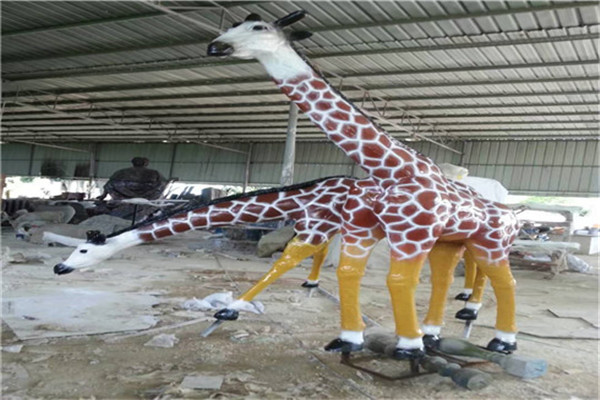
Relief is a kind of sculpture. The sculptor carves the image he wants to shape on a flat plate, making it separate from the plane of the original material. Relief is the product of the combination of sculpture and painting. It deals with objects in a compressed way, and displays three-dimensional space by perspective and other factors. It is only for one side or two sides to see. The reliefs are usually attached to another plane, so they are used more in architecture and can be seen on utensils and implements. Due to its compression characteristics, it occupies less space, so it is suitable for decoration in a variety of environments. In recent years, it has played an increasingly important role in urban beautification. The relief is as rich and colorful as the round sculpture in content, form and material. The materials of relief include stone, wood, ivory and metal. The relief is a semi vertical sculpture whose image shape protrudes from the stone surface (as opposed to the relief). It can be divided into light relief and high relief according to the depth of stone removal in image modeling. The bas reliefs are single level statues with relatively simple contents; The high relief is a multi-level statue with complicated contents. The carving technique and expression style of relief are basically the same as those of round sculpture. Many ancient and modern large-scale memorial buildings, high-end mansions and private houses are equipped with such decorations. Their main works are wall blocks, flower windows, dragon columns (early) and column bases.
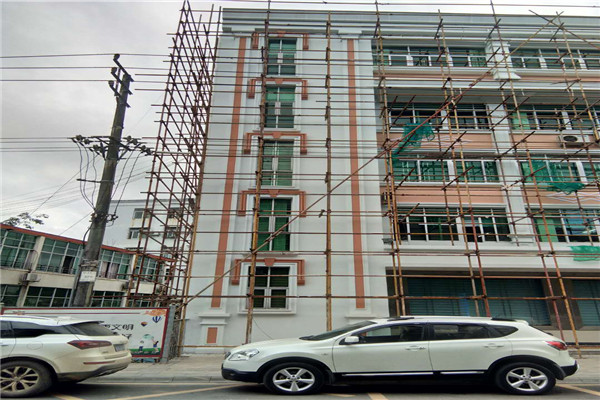
The art of carving various patterns and images on stones, usually also refers to sculpture handicrafts carved from stones. Chinese stone carving can be divided into bluestone carving, marble carving, white marble carving, talc carving, black crystal stone carving, colored stone carving, pebble carving, etc. Hui'an, Fujian, is famous for its bluestone carvings for architectural decoration and stone lions, among which the mouth of the stone lion contains stone beads that roll freely, and is famous in Southeast Asia. The marble carving in Yunnan is made from the marble of Diancang Mountain. Its patterns are like colored mountains and rivers, or dangerous peaks and valleys, or waterfalls follow the clouds. The inlaid furniture is unique. White marble carvings in Quyang, Hebei, Fangshan, Beijing and other places were mainly used for palace architectural decoration in the Ming and Qing dynasties, such as Huabiao, stone lions, railings, etc; Modern times are used for decoration of public and memorial buildings, such as the Great Hall of the People, the Monument to the People's Heroes, Chairman Mao's Memorial Hall, etc. Talc carvings in Haicheng, Liaoning Province and Laizhou, Shandong Province use small and cute animals as traditional varieties. The carvings of black crystal stone in Dongkou, Hunan and Lichuan, Hubei are dark and bright. Caishi carving is mainly produced in Qingtian, Zhejiang, Shoushan, Fuzhou and Liuyang, Hunan. Pebble carvings are mainly produced in Lanzhou, Shenyang and other places. Stone carving techniques include intaglio (contour carving), shadow carving, relief, round carving (complete three-dimensional carving without any background), and openwork (also known as openwork). Shadow carving is a unique technique of Fujian Hui'an bluestone carving. It uses steel drills of different sizes to chisel on the bluestone, and uses the size, depth and density of the drill points to express the images of landscapes, birds, animals, people, flowers, etc.
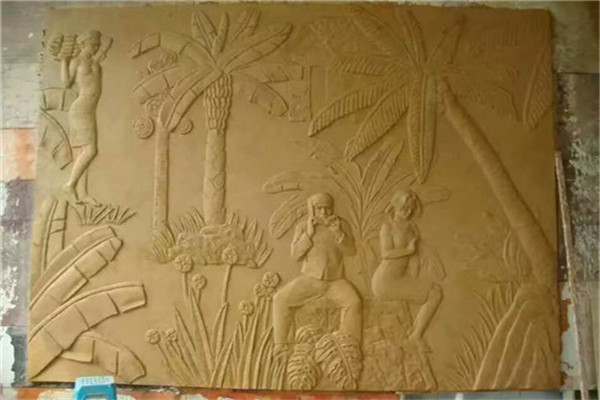
The tasks of decoration design are: first, to achieve the use function of the building itself, to reasonably improve the material level of the indoor environment, to make people mentally satisfied, and to improve the quality of the physical and psychological environment of the indoor space. Modern interior decoration design should apply modern scientific and technological rules and aesthetic laws, especially the principle of applicability and economy for residential buildings, and strive for reasonable layout of interior space, good ventilation and lighting, and conducive to furniture layout, so as to create an ideal indoor environment with less people, money, and things to improve material living standards. It should also follow the aesthetic principles to create a personalized and beautiful indoor environment, which fully reflects the spiritual connotation of different functional spaces and use objects. A designer can make interior design comfortable, scientific and artistic only if he has rich knowledge, high artistic accomplishment and the ability to solve practical problems.
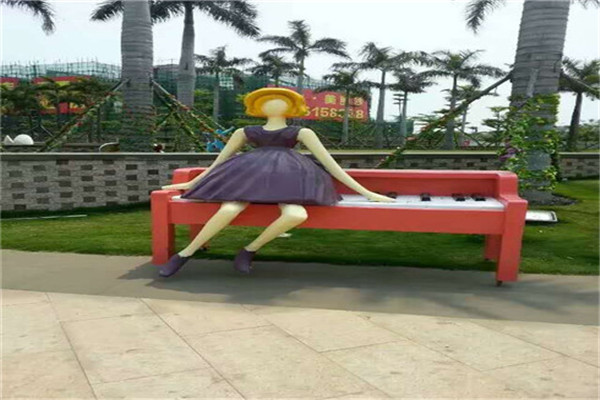
The openwork carving technique is an original carving technique in Putian. There are still many "gold inlaid openwork lanterns" and "embossed flower windows" in the Palace Museum in Beijing, which all support the traditional craft charm of Putian wood carving. From the end of the Ming Dynasty to the beginning of the Qing Dynasty to the Republic of China, Putian wood carvings were mostly made of longan wood, which was rich in local production. Nanchang Sculpture hand painting Carved into various military generals, women or gods, antiques, supplemented by cost performance Sculpture hand painting The painting with old lacquer makes the work more deep in color. Zhu Bangshou, Huang Dangui, Chen Xiange and other famous painters, together with Liu Ronglin, formed a round sculpture character style characterized by Pu style military generals. So far, many figures and architectural decoration wood carvings have been left for future generations in Guandi Temple, Yuanxia Village, Jiangkou Town, Jiufeng Village, Wutang Town and other old folk houses, These masterpieces, which combine round, transparent and relief carvings, are treasures of Putian wood carving art.
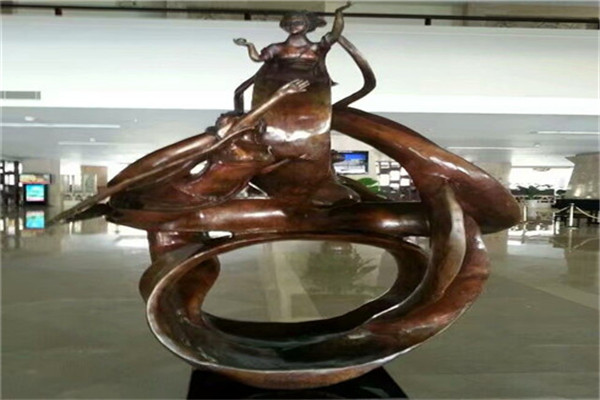
Button carving refers to the carving of the buttons on the upper part of the seal. It belongs to the category of round carving and has a rich three-dimensional sense. However, compared with round carving, it has three significant characteristics. First, the image is small, limited to the size of the seal, which is generally less than 10 cubic centimeters; The second is to show only the upper part of the object, rather than the round sculpture, which needs all-round performance; In addition, the performance content of button carving is mostly animals, especially animals in ancient legends, such as chi, lion, dragon, tiger, exorcism, taotie, etc. Therefore, button carving is also called "animal button". The history of button carving is linked with seals. Only seals can make buttons. According to relevant historical research, the earliest seal started in the Zhou Dynasty, more than 3000 years ago. The original seal is a symbol of power and status, and is a special item for princes, generals and ministers, and Dada dignitaries. The original seal button was also very simple and simple, just drilling a small hole on the top of the seal to wear strong ties for carrying, so the seal button is also called "seal nose". With the continuous development of history, a strict hierarchy has emerged in the materials and buttons of seals according to the different positions and official titles of users. For example, the official seal of the Qin Dynasty, in addition to using gold, silver, copper and other materials to distinguish the level of the officials, also distinguish the decoration of the buttons. In the Han Dynasty, the emperor used tiger buttons with jade seals, the crown prince, the lieutenants, the prime minister, the lieutenant, the sangong, and the left and right generals used gold seal tortoise buttons, and the officials of the two thousand stone Dai Lu used bronze seal elephant buttons Since then, the buttons used by all dynasties, from the monarch down to the officials of various products, were mostly chi, lion, dragon, phoenix, tiger, exorcism, taotie, unicorn, camel, bird, claw, bear, bat and other animals in the zodiac, depending on their positions.





